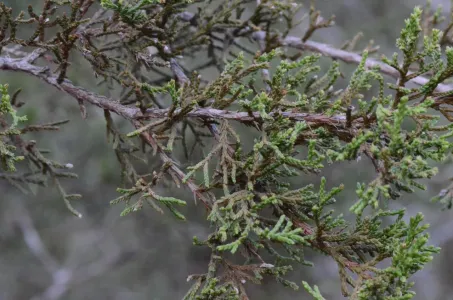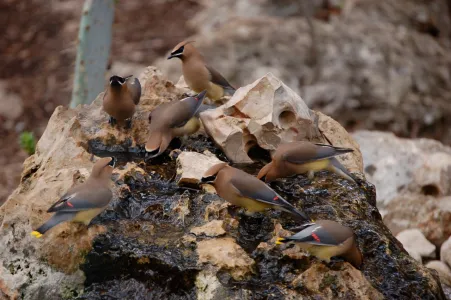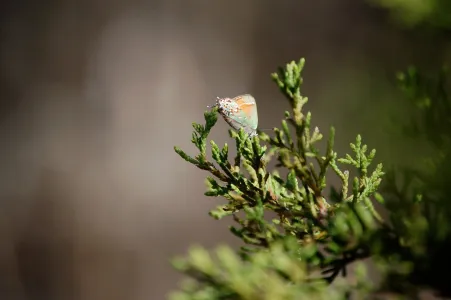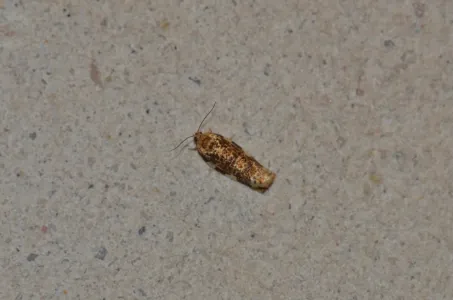By Delmar Cain
If you are able to read this article it means that the winter solstice for 2012 and the end of the Mayan Calendar are now history. Some predicted that the end of the Mayan Calendar on the 21st would coincide with Doomsday, which means that for efficiency’s sake, I should have waited to begin this article until the 22nd. But because I wanted to spend some time with my family, I wagered my time that the Boerne Star would be for sale in the paper bin by the Bear Moon Bakery on December 28th. Inside the bakery you will still be able to get a delicious rocky road brownie and a good cup of coffee.

Recently a neighbor, Richard Caldwell, sent me an email about a “cedar tree” that was dying and asking what could be done about it. My initial thought was that this was a drought problem and Mark Duff, with the Texas Forest Service, could give better answers that I could. My second thought was that not many people worry about a dead or dying “cedar tree.”
But as I thought more about it, I began to wonder about the “cedar trees” that we have died at our house, including some that were very mature. Were those trees victims of the drought or could they have died from another cause?
The tree that we all refer to as “cedar” in the Hill Country is more properly named Ashe’s juniper, Ashe juniper, mountain cedar or blueberry juniper (Juniperus ashei). It is an evergreen tree with dark green foliage with a native range that extends from Southern Missouri south through parts of Arkansas and Oklahoma, into New Mexico and the central and western parts of Texas. Also native to the canyons of the Hill Country, even when much of the area was prairie, it has become more widespread with the suppression of fire as a land management tool. Ranchers have long accused the species of suppressing grass and hogging water. More recent studies have raised questions about both accusations.

Ranching aside, the Ashe juniper would be much higher on the favorite tree list if it did not spread so rapidly and if its pollen were not the cause of serious irritating allergies to many people. The male tree produces the pollen in the winter. If the conditions are good the male trees take on a lighter almost bronze appearance. When a branch is shaken the pollen, which disperses with the wind, looks like it has been expelled from a duster.
In favorable conditions of adequate spring rain, the female Ashe juniper will produce large numbers of blue berrylike cones, which are eaten by birds, especially cedar waxwings and robins, and most mammals. The birds and mammals disperse the eaten seeds. Those not eaten remain in the vicinity of the parent tree and are viable for eighteen months. That means that there can be a lot of little junipers in the making.

But the Ashe juniper also provides lots of shade, stops or slows soil erosion, makes a screen for privacy and is a good source for posts. The bark of mature trees is used for nesting by the Golden-cheeked warbler and Ashe juniper is the host plant for the juniper hairstreak butterfly. The soil under the trees, enriched by the decomposition of junipers leaves, is associated not only with cedar sage (Salvia roemeriana) but also with one of our more temperamental but unique trees, the Texas madrone.
Unlike the Spanish oak the Ashe juniper species does not have a reputation for being a fragile tree. It grows well in most of our Hill Country soils and doesn’t seem to mind the “normal” wet and dry cycles of our climate. However in extended droughts it too can become overly stressed and may not recover. From another neighbor I heard that there has been a significant loss of mature Ashe junipers on a ranch that he visited in the western part of the Hill Country. The only cause was the drought.
An infestation of spider mites is another possible cause of damage to Ashe junipers, especially with the dry weather. During the dry year of 2011 New Mexico documented infestations of the small mites that feed on the sap sucked from the twigs of mature trees. When present in large numbers the effect of their feeding causes the juniper leaves to turn brown and drop. As the mites feed, they protect themselves with fine webbing, which gives the leaves a grayish appearance. Usually the mites are eliminated with a good rain.

Another reported insect of concern for Ashe junipers is the larva of the juniper budworm moth (Cudonigera houstonana), a moth related to the spruce budworm. The spruce budworm causes significant damage to the firs of the northwest. An outbreak of the juniper budworm was documented in Travis, Hays, Blanco and Comal Counties in 2002. The Texas A&M Forest Service identified the moth and published a pest management report concerning the event.
When I looked at an image of the juniper budworm moth on the web, I was amazed to find that I had photographed that species of moth (or one very similar) on our property on April 25, 2012. Could there have been a juniper budworm moth outbreak in our area in 2011?
I contacted Dr. Ron Billings, Chief Entomologist for the Texas A&M Forest Service, who was responsible for helping to identify the culprit moth in the 2002 outbreak. He advised me that although the moth larvae caused damage, they did not cause widespread mortality in the Ashe juniper and the trees generally recovered. He did ask that I send him a photograph of the moth I had photographed.
So after all that rambling probably my initial thought was correct. Richard and I should contact Mark Duff and get a more informed and experienced hand to look at the problem. But my pearl for the day is that not every good Ashe juniper is a dead Ashe juniper, especially if it is providing shade or privacy or erosion control.
